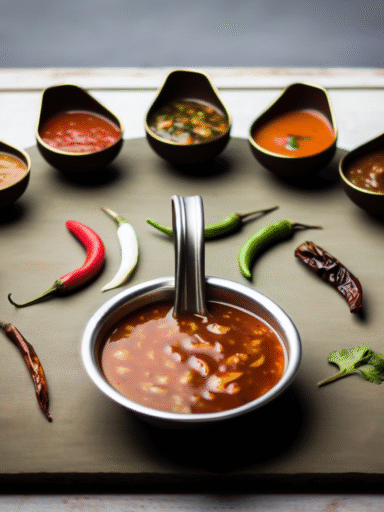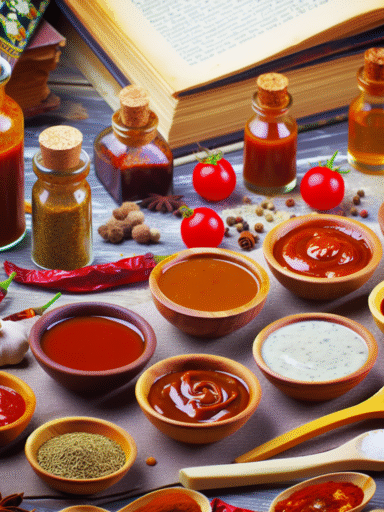The History of Sauces of the World explores the rich and diverse origins of sauces that have shaped global cuisine. From ancient concoctions to modern culinary staples, sauces add flavor, texture, and identity to dishes worldwide. This article delves into how sauces evolved regionally and their cultural significance throughout history, enhancing the food traditions we enjoy today.
Ancient Roots and Early Developments
Sauces have been an integral part of human cuisine for thousands of years. Early civilizations, including the Mesopotamians, Egyptians, and Romans, developed liquid condiments to complement their food. One of the earliest documented sauces was a fermented fish sauce called garum in ancient Rome, prized for its umami flavor. Similarly, Asian cultures like China and India created soy-based and spice-infused sauces, integrating fermentation and complex spice blends to enhance the natural flavors of their dishes.
These early sauces served multiple purposes: preserving food, masking strong flavors, and introducing new taste dimensions. As trade routes expanded, so did the exchange of ingredients and culinary techniques. The Silk Road and spice trade, in particular, played crucial roles in spreading sauces across continents, influencing local recipes, and encouraging innovation in sauce-making.
Regional Evolution and Cultural Significance
Over centuries, sauces became emblematic of regional cuisines, reflecting available ingredients and cultural preferences. In Europe, French cuisine revolutionized sauce-making with the creation of the “mother sauces,” such as béchamel and espagnole, which served as foundations for countless variations. These sauces emphasized techniques like roux preparation and reduction, underlining the importance of culinary precision in Western cooking traditions.
Meanwhile, in Asia, soy sauce, fish sauce, and curry pastes became essential. Southeast Asian cuisines often balance sweet, sour, salty, and spicy elements in their sauces, highlighting a philosophy of flavor harmony. Latin American countries developed sauces like mole, a complex mixture of chili, chocolate, and spices, rooted deeply in indigenous and colonial histories.
- European Sauces: Complex, technique-driven, emphasizing creamy and rich textures.
- Asian Sauces: Fermented bases, highlighting balance and bold flavors.
- Latin American Sauces: Rich blends, integrating indigenous ingredients with colonial influences.
These regional differences underline how sauces are not only culinary tools but also cultural artifacts, representing histories, social customs, and the evolution of taste preferences worldwide.
Conclusion
The history of sauces reveals a fascinating journey of human creativity, cultural exchange, and culinary innovation. From ancient fermented concoctions to sophisticated regional masterpieces, sauces have continuously enhanced the enjoyment of food and reflected the identity of civilizations. Understanding this evolution enriches our appreciation of the diverse flavors that sauces bring to global cuisine today.



